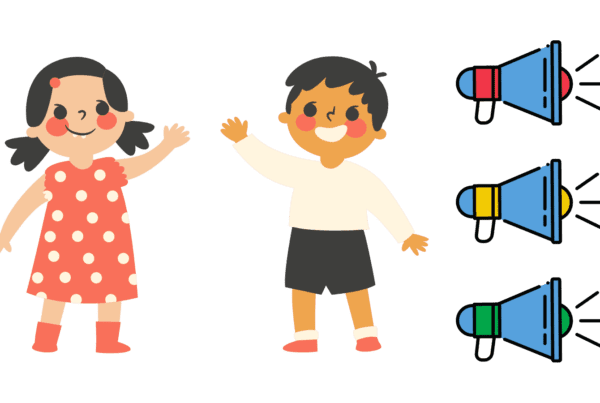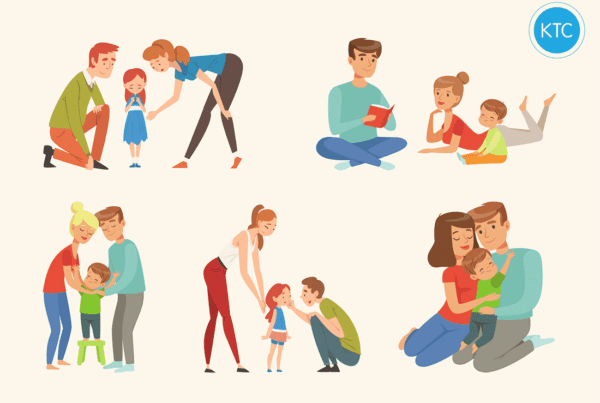KTC.tv Activities #2

This week I am sharing with you some activities to practice your executive functioning and self regulation. These skills are crucial for learning and development. They also enable positive behaviour and allow us to make healthy choices for ourselves and our families*. KTC.tv is not here to replace your therapist but to assist you and support your child’s therapy journey. Most of the activities require very little set up/preparation and majority of the items required are everyday household items you will find around the house. Don’t forget to print your downloadable resources before you start each therapy video!
* Harvard University
EXECUTIVE FUNCTIONING AND SELF REGULATION
What is Executive Functioning and Self Regulation?
Executive function and self-regulation skills are the mental processes that enable us to plan, focus attention, remember instructions, and juggle multiple tasks successfully. Just as an air traffic control system at a busy airport safely manages the arrivals and departures of many aircraft on multiple runways, the brain needs this skill set to filter distractions, prioritize tasks, set and achieve goals, and control impulses.
Executive function and self-regulation skills depend on three types of brain function: working memory, mental flexibility, and self-control. These functions are highly interrelated, and the successful application of executive function skills requires them to operate in coordination with each other. The successful application of executive function skills requires them to operate in coordination with each other.
Working memory governs our ability to retain and manipulate distinct pieces of information over short periods of time. Mental flexibility helps us to sustain or shift attention in response to different demands or to apply different rules in different settings. Self-control enables us to set priorities and resist impulsive actions or responses.
Children aren’t born with these skills—they are born with the potential to develop them. Some children may need more support than others to develop these skills. In other situations, if children do not get what they need from their relationships with adults and the conditions in their environments—or (worse) if those influences are sources of toxic stress—their skill development can be seriously delayed or impaired. Adverse environments resulting from neglect, abuse, and/or violence may expose children to toxic stress, which can disrupt brain architecture and impair the development of executive function.
Providing the support that children need to build these skills at home, in early care and education programs, and in other settings they experience regularly is one of society’s most important responsibilities. Growth-promoting environments provide children with “scaffolding” that helps them practice necessary skills before they must perform them alone. Adults can facilitate the development of a child’s executive function skills by establishing routines, modelling social behaviour, and creating and maintaining supportive, reliable relationships. It is also important for children to exercise their developing skills through activities that foster creative play and social connection, teach them how to cope with stress, involve vigorous exercise, and over time, provide opportunities for directing their own actions with decreasing adult supervision.
Definition by Harvard University

THERAPY VIDEOS & ACTIVITIES ON KTC.TV
Children who have sensory issues may have an aversion to anything that triggers their senses, such as light, sound, touch, taste, or smell. Common symptoms of sensory processing issues may include hyperactivity or frequently putting things in their mouth.
Mindful Looking
A great calming activity that can be completed anytime anywhere, especially when you are outdoors! The activity will practise listening and looking skills, whilst learning how to be present in the moment. Start by looking for colours in the environment and then add a sequencing challenge to find a colour and then something starting with a letter.
Balance Balls
et up the swing at a low height and set up foam shapes/boxes and cones at various heights in front of the swing. Start by laying on the swing in prone and pushing the swing in a lateral forward/back swinging motion. The aim is to balance a ball on each cone first with your right hand and then with your left.
2 Step Instructions
Practice listening skills and working memory in this fun trampoline activity. Carefully listen to the two-step instructions and then follow along at home. If you don’t have a trampoline just do the actions standing on the ground!
Engine & Emotion Levels
Learn how to match your emotions with your engine level. Emotions focused on in this activity are – happy, calm (just right); tired, sad (slow); silly, angry (fast). Add some movement on the gym ball for extra gross motor development and a brain break!





